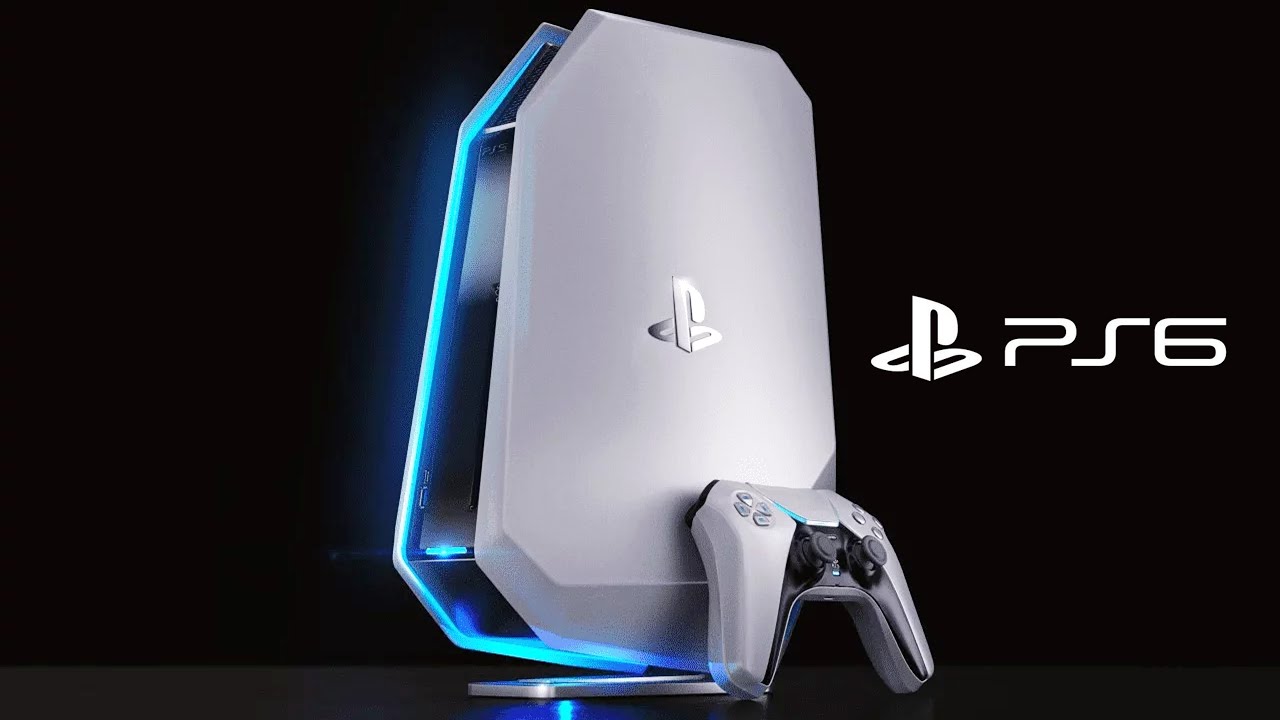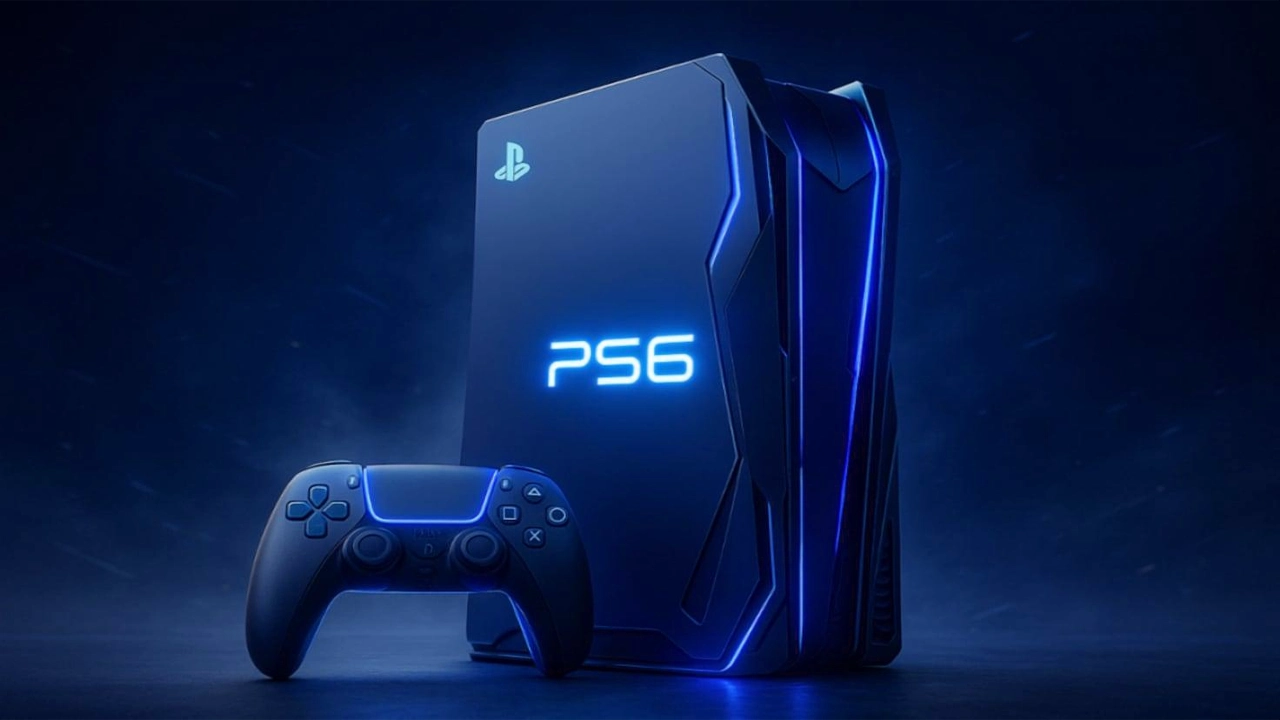Sony has released a major new video featuring Mark Cerny, offering insights that carry important implications for both the company’s upcoming console and AMD’s next-generation GPUs. For almost nine minutes, Cerny, the lead designer of the PlayStation 4 and PS5, talks with Jack Huynh, senior vice president and general manager of AMD’s Computing and Graphics Group, about a group of technologies called Project Amethyst that the two companies are working on together.
Cerny says that these technologies currently “only exist in simulations,” but they are generally aimed at improving the next PlayStation’s performance in ray tracing, upscaling, and other rendering methods that use machine learning. If you’re familiar with AMD graphics cards, you know that they have traditionally performed worse in ray tracing compared to NVIDIA’s RTX GPUs.
AMD Tried to Close The Gap By Producing Cards
For many years, AMD tried to close the gap by producing cards that beat NVIDIA in rasterization performance, but the company now acknowledges that this strategy is not enough for today’s graphically demanding games. Huynh explained that attempting to handle ray tracing using only raw processing power doesn’t work efficiently. AMD’s answer is a completely new architecture that incorporates two hardware features: Neural Arrays and Radiance Cores.

In AMD’s previous GPUs, each compute unit was built to operate separately from the others. This method worked well for many years, but in today’s games, which rely on demanding upscaling techniques such as FSR and Sony’s PSSR to maintain playable frame rates at high resolutions, it can cause inefficiencies. AMD aims to address this issue with Neural Arrays, which allow the compute units to collaborate and share data with each other.
Expected to Make Upscaling Faster and More Accurate
Huynh explains that AMD isn’t connecting the entire GPU, but is allowing the silicon to process large sections of the screen at once, which should boost machine learning performance. The enhancement is expected to make upscaling faster and more accurate, while also improving ray regeneration, similar to the effect of NVIDIA’s DLSS Ray Reconstruction.
AMD’s Radiance Cores are specialized hardware for ray and path tracing, similar to the dedicated RT cores on NVIDIA RTX cards. By taking on these processes, they free up other GPU units to handle shaders and textures more efficiently.
Sony and AMD Are Developing Software Called Universal Compression
Finally, Sony and AMD are developing software called Universal Compression, which expands on the PS5 and PS5 Pro’s Delta Color Compression. This technology should let the next PlayStation compress all graphics pipeline data, lowering GPU memory bandwidth requirements and potentially reducing power usage.
While still in the early phases, Cerny said it’s promising that Sony and AMD are working on improving ray tracing and upscaling. Streamlining advanced features like ray-traced global illumination could enhance graphics and offer players a more immersive gaming experience.



